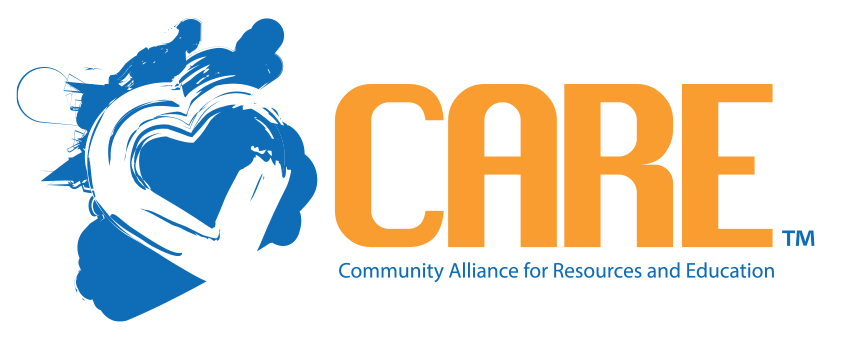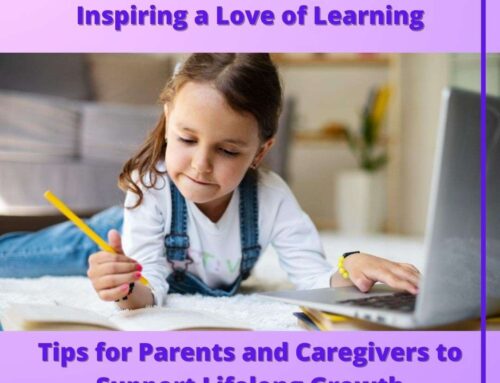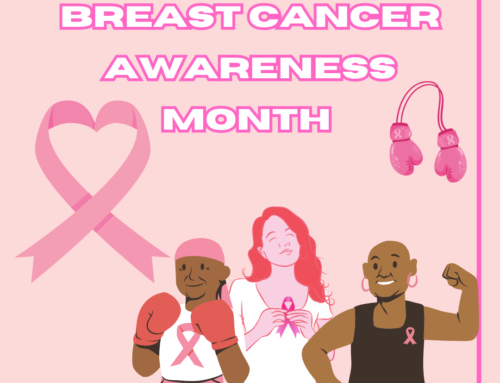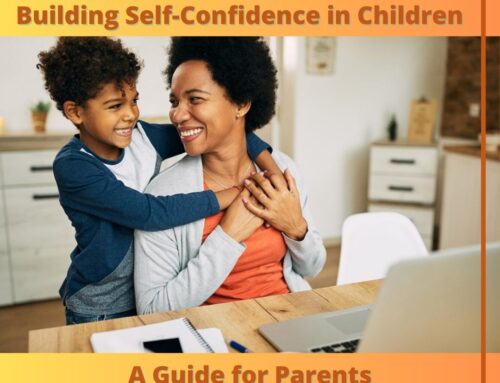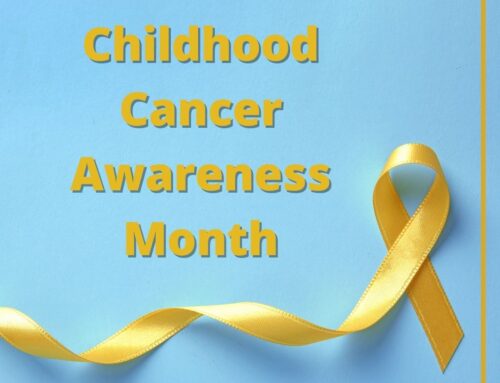Unconscious Bias – do you know when it is happening?
Having the ability to create change is a powerful resource when you are aware of what change needs to be made. What if you were unaware of how thoughts, behaviors, and actions, affect others? Unconscious bias, also known as implicit bias, affects individuals all over the world, and with small changes, we can create a community safe for all people.
First let’s start the conversation by defining what unconscious bias is, recognizing the signs, and learning how we can practice strategies to help prevent or reduce bias behavior.
According to SimplyPsycology.org; Implicit biases are unconscious attitudes and stereotypes that can manifest in the community via the criminal justice system, workplace, school setting, and the healthcare system. The attitudes and beliefs refer to those that occur outside of our conscious awareness and control gainst racial groups, genders, LGBTQ, and other marginalized groups.
Potential reasons why unconscious biases occur:
Here’s how YOU can be a Prevention Partner: According to Making Caring Common- Harvard Graduate School of Education we can practice tips to reduce biases.
Check Your Own Biases:
Engage Your Kids in Making Your Home a Bias-Free Zone:
We encourage you to read the articles to gain additional knowledge to reduce unconscious biases. In addition, to enroll yourself or your youth into one of the comprehensive programs offered by Touchstone Health Services programs, please visit https://carecoalitionaz.org/available-programs/ for more information.
